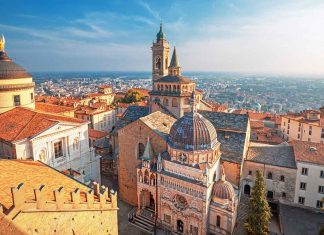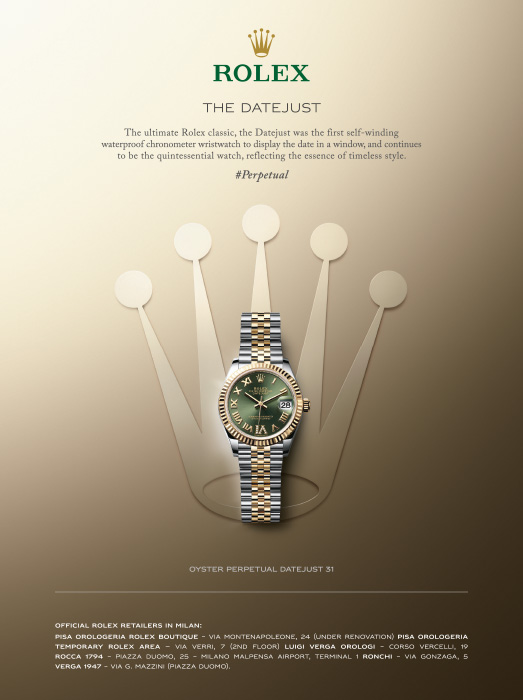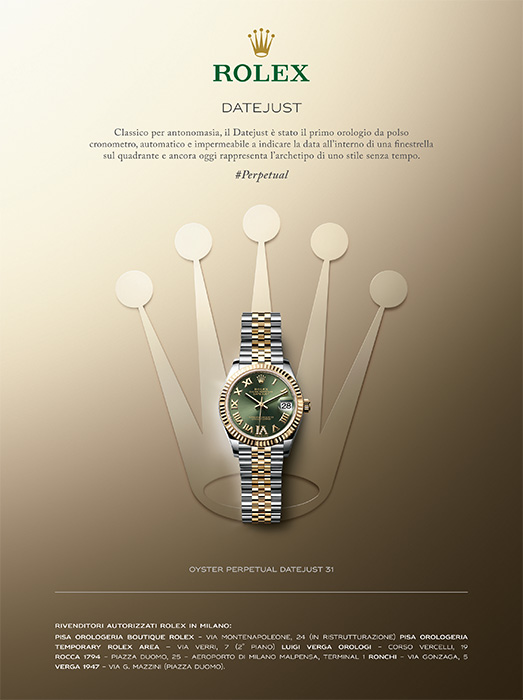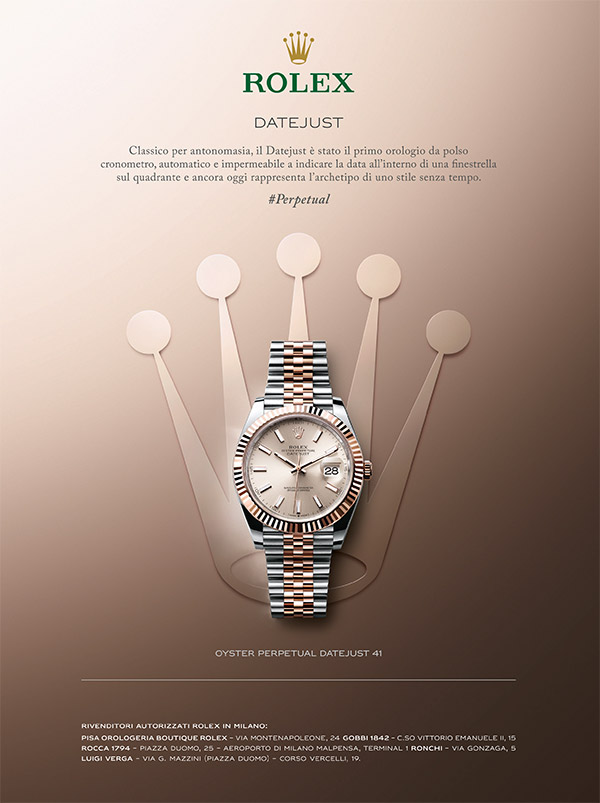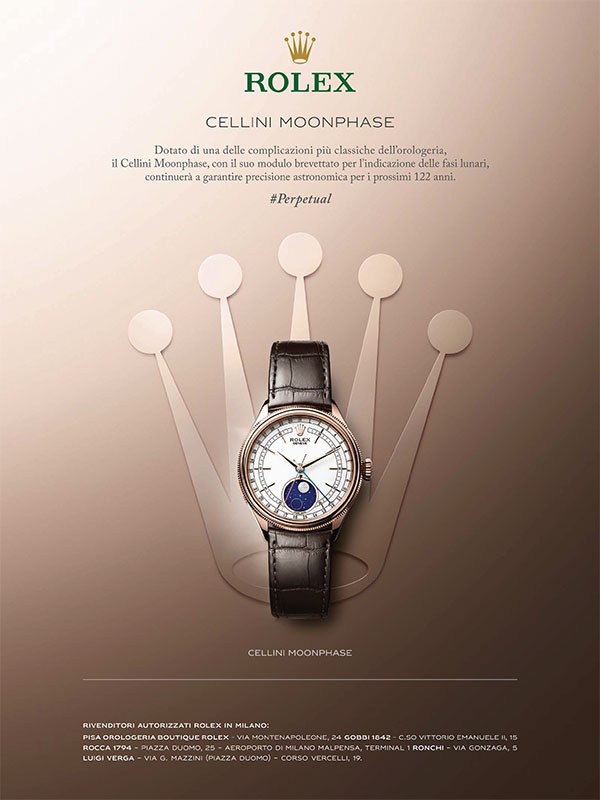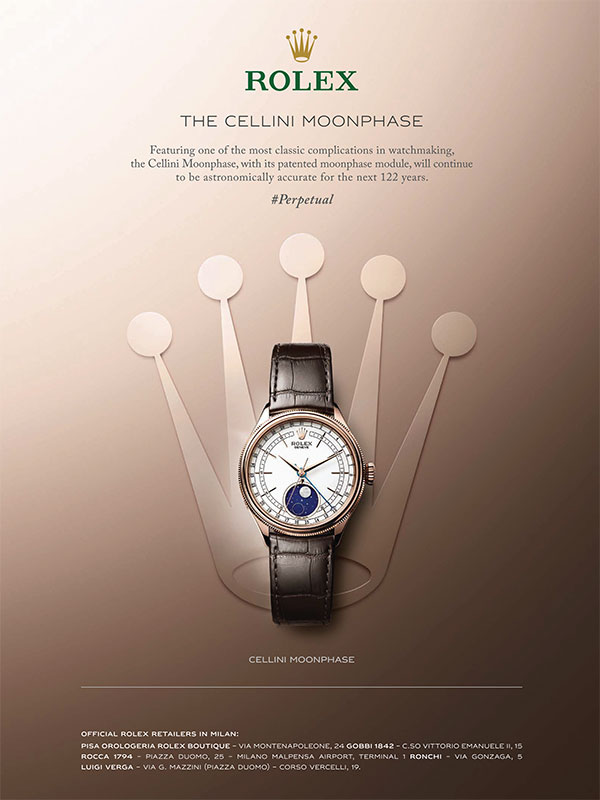Panettone versus Pandoro, what’s your favourite? During the festive season in Italy, this is an ongoing dilemma, an issue that borders on insularity and often triggers family feuds. If you are in Milan, you have to go for Panettone and you should learn about the most famous legends that have grown up around its origin

What is the difference between Panettone and Pandoro?
Pandoro is a deliciously soft cake made from flour, butter and eggs, with a dusting of icing sugar. The cake is baked in an eight-pointed star-shaped pan that gives it its signature form. Today’s pandoro was inspired by ‘nadalin’, a simple dessert that was traditionally made at Christmas throughout houses in Verona.
Elevated from a regional sweet treat to a national speciality, today Pandoro vies with panettone for the title of Italy’s best-loved Christmas dessert.
The eternal battle splits Italians in those who love raisins and candied fruit (panettone lovers, a Milanese recipe) and those who dream about piles of butter and icing sugar, is repeated year after year.

The origins of Panettone
People everywhere eat panettone while celebrating their Christmas holidays, perhaps without knowing that the word Panettone comes from the Milanese dialect ‘Pan del ton’, which means ‘luxury bread’. Yes, the Panettone is a local speciality. Why a luxury food? Because at the time it was invented, a sweet bread filled with raisins, candied orange and citrus peel was a very expensive one. Let’s go back to its origins!
One tells the story of a banquet held at the court of Ludovico il Moro on Christmas Eve. The dessert that the chefs had planned to serve at the end of the meal was accidentally burnt. In despair, the head chef took the advice of his young assistant Toni, who suggested that he serve the cake just the same, justifying the burnt crust as an integral part of the dessert. Hence, the birth of ‘pan del Toni’ (Toni’s bread) a forerunner of today’s panettone.

The other legend? A story of 'amore', of course...
Another legend tells the story of Ughetto degli Atellani, a Milanese nobleman who was in love with Adalgisa, the daughter of a baker. Ughetto disguised himself as a baker’s boy and prepared a sweet bread filled with raisins, candied orange and citrus peel. The cake was so good that it won Adalgisa’s heart.

History Facts
Between fact and fiction, we do know that a decree issued in 1395 permitted all bakeries in Milan to make the so-called ‘Pan del ton’ at Christmas: a wheat bread that was only accessible to poorer members of the community during the season’s festive Christmas meal.
In the 19th century, it was further enhanced with the addition of nourishing ingredients like eggs and sugar. Raisins, on the other hand, were always a staple ingredient because, according to common belief, they symbolize prosperity for the coming year. However, panettone, as we know it today, was only manufactured in 1919 by Angelo Motta, when he opened his first bakery in Milan. Until that time, its shape was flatter and its dough more compact. Motta, the founder of one of Italy’s most famous confectionery brands, revolutionized traditional panettone by adding yeast and more raisins, and won instant success. The company is still active on the market, even if their Panettone is no longer an artisan-made product.


